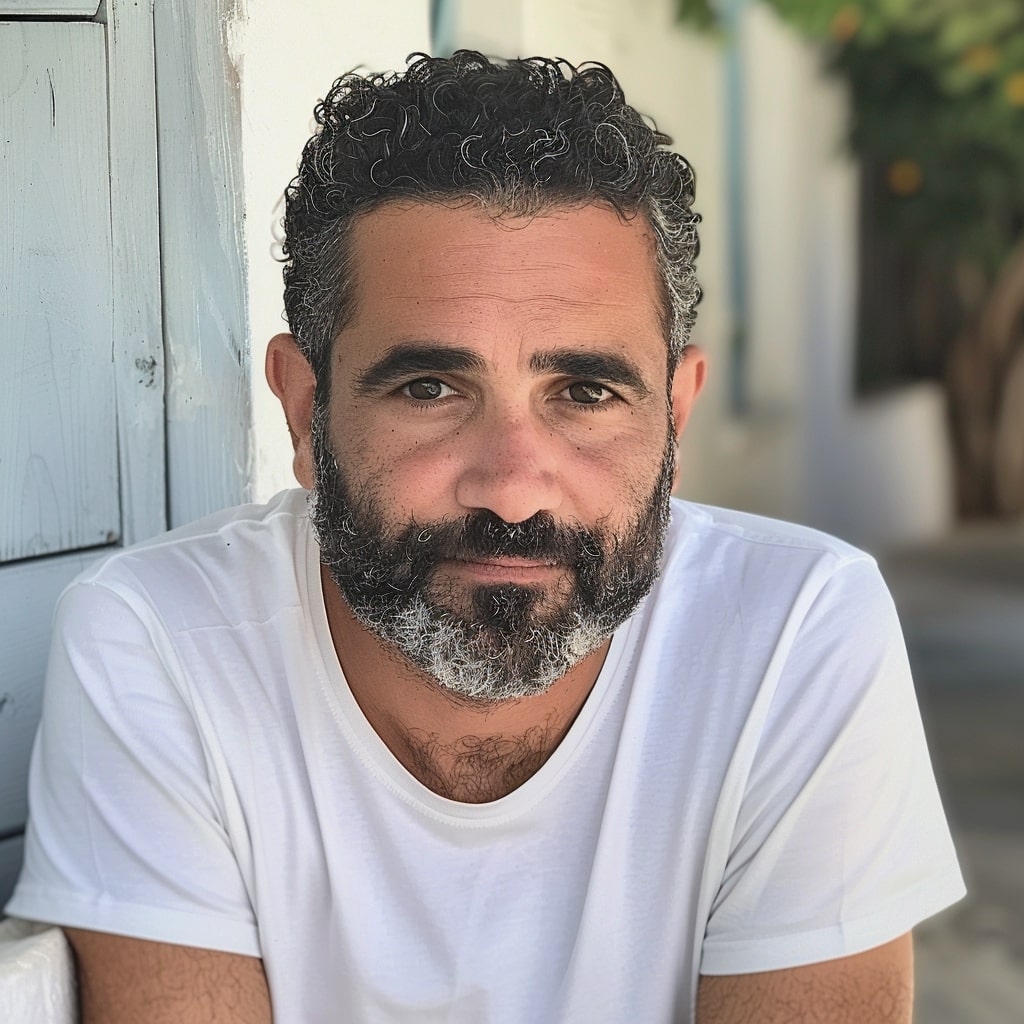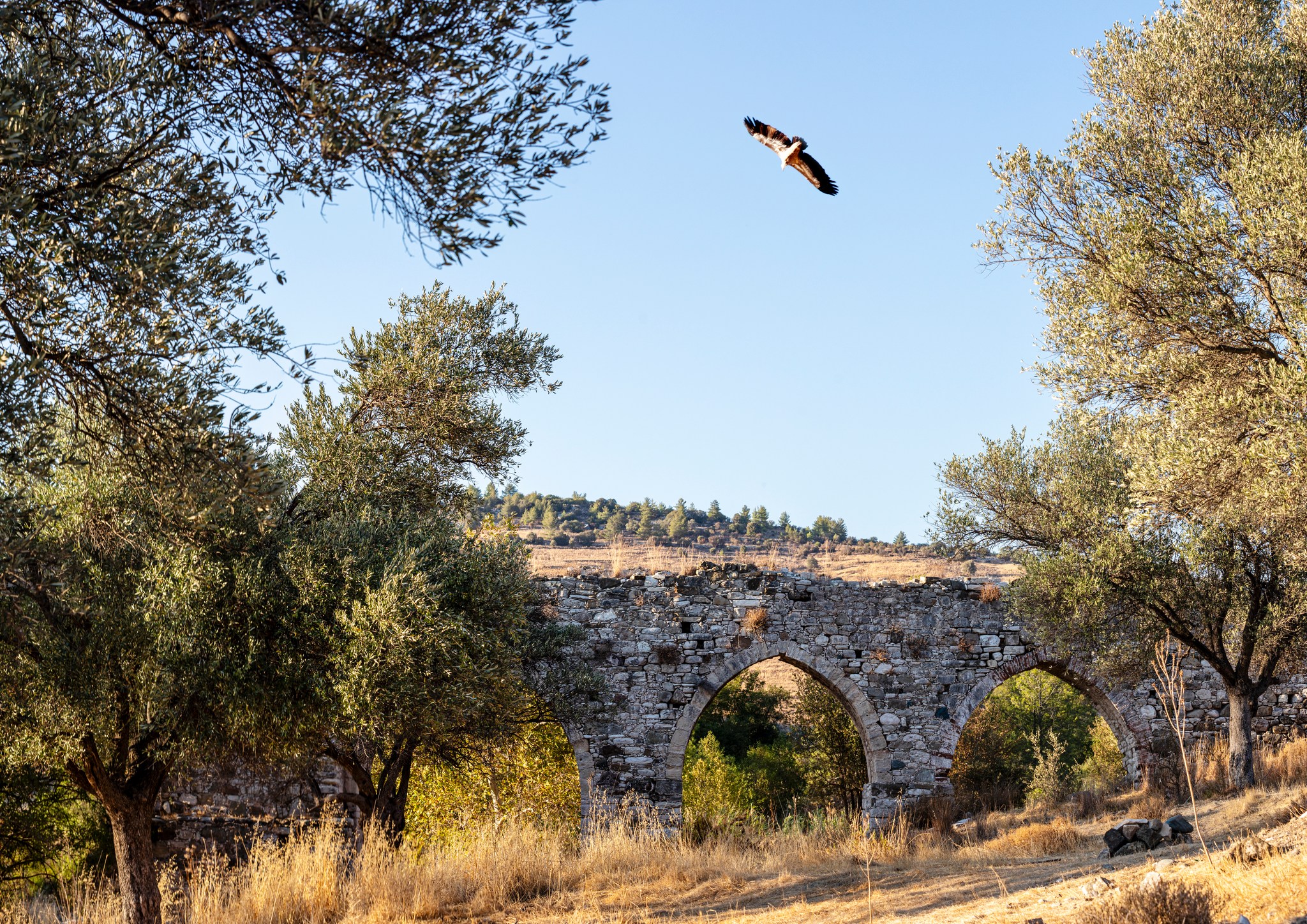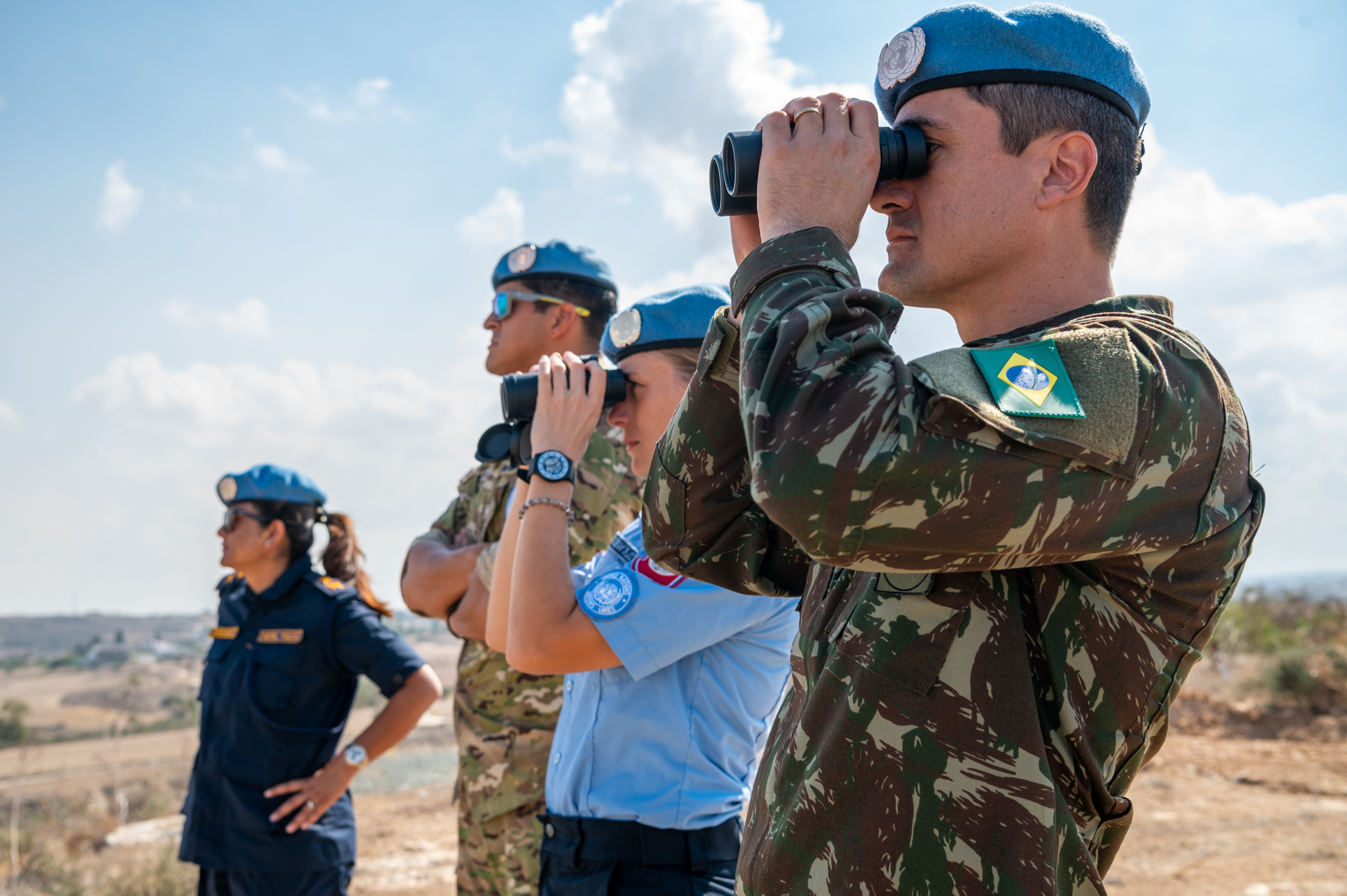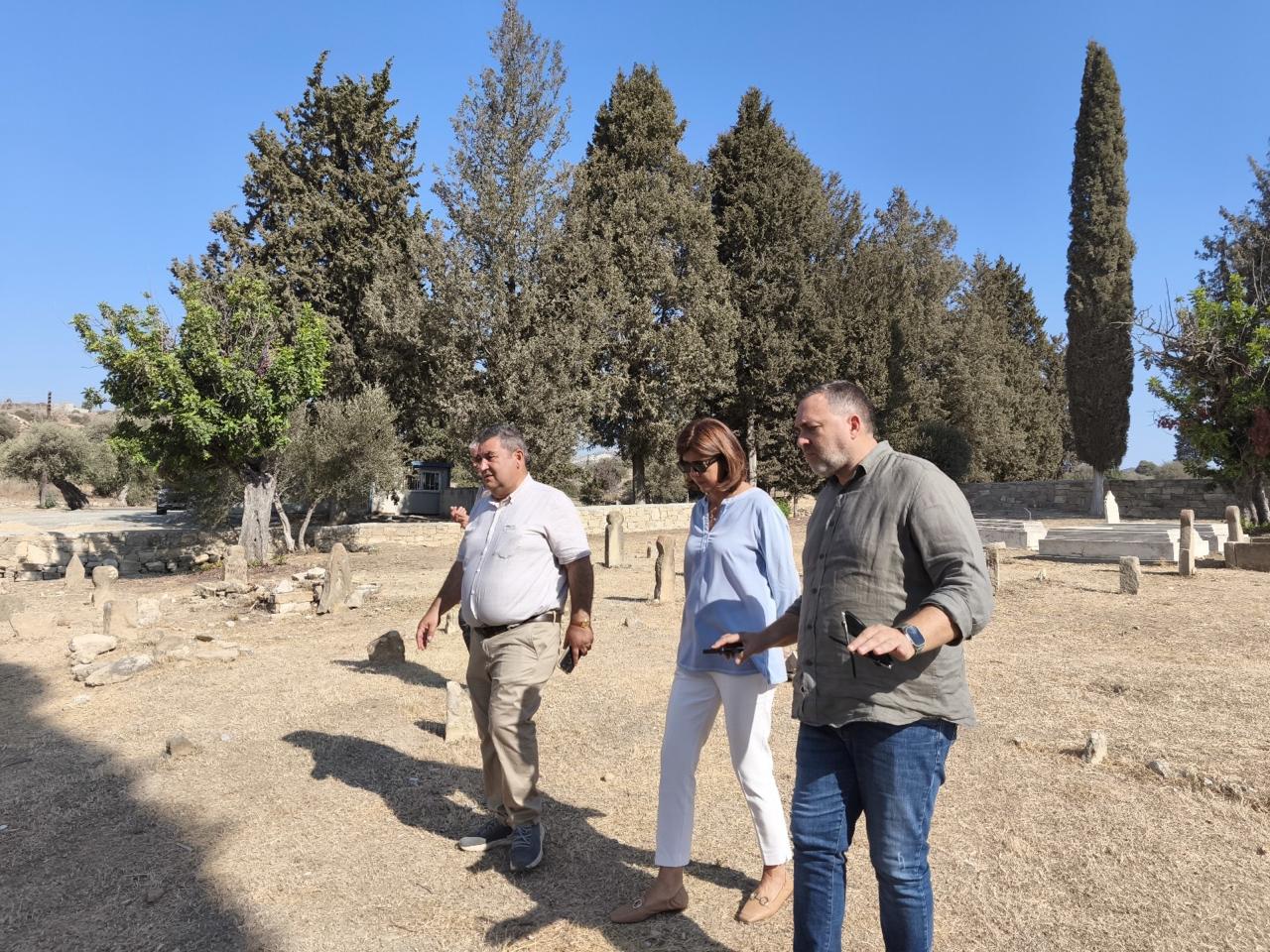Conditions at the police holding centre in Limassol are miserable – congestion, inadequate ventilation, rundown toilet facilities – report released on Tuesday by the ombudswoman’s office said.
Ombudswoman Maria Stylianou-Lottides drew her findings from an unannounced visit to the Limassol facility on March 26. The ombudswoman’s office is also responsible for the prevention of torture.
At the time of her visit eight criminal prisoners, four convicts, ten awaiting trial, eight administrative detainees (foreign nationals) and two minors were being held at the facility.
The holding facility has a capacity for 34. It’s divided into three wings: for criminal prisoners, convicts and those awaiting trial; for minors; and for administrative detainees.
On the first wing, Lottides said the size of the cells does not permit more than one person being held in each. In addition, the overall condition of the sanitary facilities leaves a lot to be desired – they are old and in need of immediate repair or refurbishment.
The report also noted congestion in this wing.
Regarding the wing for minors, the ombudswoman says that on the whole it’s borderline satisfactory – but its layout is still not appropriate for underage individuals. On the plus side, this wing is segregated from the others holding adults.
For the wing where administrative detainees are held, the report found lighting to be inadequate – something made worse by the lack of windows in the cells. The spot where the windows would normally be were covered with glass bricks, which restricts natural lighting while also denying the detainees any fresh air.
On the same issue, the ombudswoman said that the police chief has asked that any foreign nationals subject to return to their home country must be immediately transferred to a facility holding ‘prohibited immigrants’. If not possible, such individuals should be kept in holding centres but segregated from the rest of the detainees. And if that is not possible either, steps should be taken ensuring administrative detainees do not come into contact with other prisoners.
Elsewhere the dossier talks about the courtyard and the need to replace the current canopy with a security grate made of a transparent material that allows adequate lighting.
The different types of detainees make use of this space on a rotation basis, so that they never come into contact with one another.
The on-site inspection found that beyond television, detainees have “no other means of creative engagement or entertainment, such as magazines, newspaper and books, something which also is inconsistent with international standards”.
The report made observations about the visiting area – for lawyers or family – calling it unfit for purpose. The space is too small, featuring just one table and two chairs in bad shape.
Accordingly, the ombudswoman recommends that corrective steps be taken to ameliorate the visiting area.
Regarding the minors held in the facility, Lottides notes that they should be visited by social workers – particularly during the first hours after being locked up.
She further recommends that the responsible authorities ensure that a paper describing the rights of prisoners is always pinned on the wall in each cell.
Lastly, the ombudswoman asks the police to consider increasing the staffing at the holding centre, and to ensure that police officers undergo the proper training for the task.







Click here to change your cookie preferences